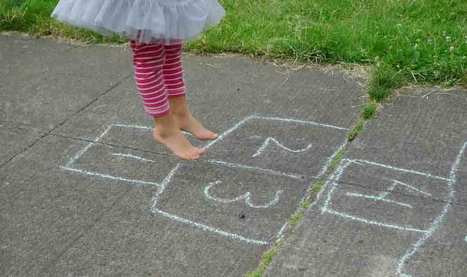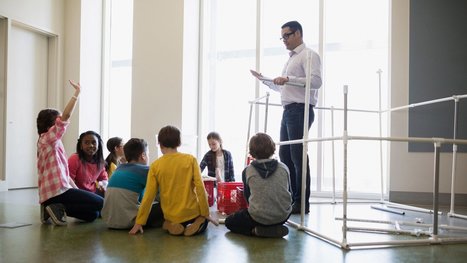Educators and parents have long known that curiosity is at the center of powerful learning. But too often, in the push to meet standards and pressure to stay on pace, that essential truth about learning that sticks gets lost. Worse, many older students have forgotten how to ask their own questions about the world, afraid that if they wonder they will be wrong. It’s far less risky to sit back and wait for the teacher to ask the questions. And yet, good questioning may be the most basic tenet of lifelong learning and independent thinking that school offers students. Taking the time to activate curiosity doesn’t have to mean abandoning learning standards, nor is it necessarily a waste of time.
Research and publish the best content.
Get Started for FREE
Sign up with Facebook Sign up with X
I don't have a Facebook or a X account
Already have an account: Login
Professional learning in a glance (or two)!
Curated by
John Evans
 Your new post is loading... Your new post is loading...
 Your new post is loading... Your new post is loading...

Viljenka Savli (http://www2.arnes.si/~sopvsavl/)'s curator insight,
December 7, 2016 8:46 AM
Inquiry as a learning style - types
|

Viljenka Savli (http://www2.arnes.si/~sopvsavl/)'s curator insight,
December 7, 2016 8:46 AM
Inquiry as a learning style - types
|























